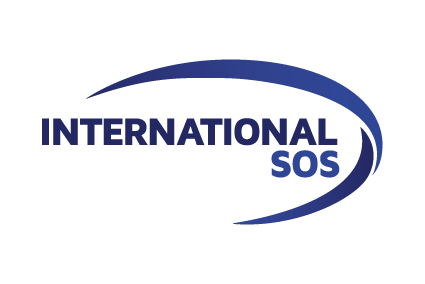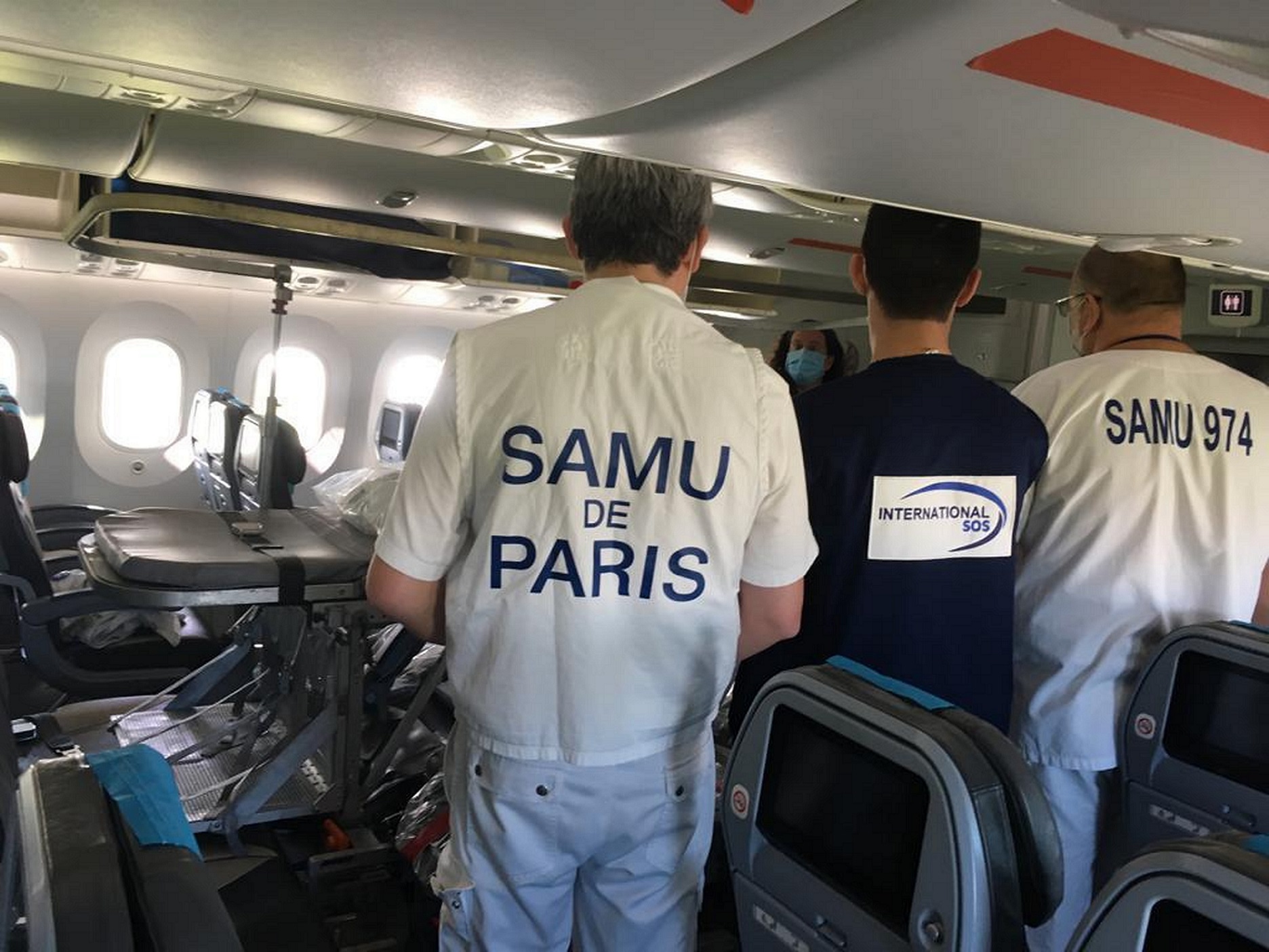International SOS Undertakes World’s First Multiple Patient COVID-19 Intensive Care Evacuation
International SOS Undertakes World’s First Multiple Patient COVID-19 Intensive Care Evacuation


Kuala Lumpur, 15 March 2021 – International SOS recently coordinated a highly complex evacuation of four ICU patients, repatriating the individuals from La Réunion island to Paris. The operation was commissioned by the French Ministry of Health and carried out in collaboration with the Service d’Aide Médicale Urgente (SAMU), the emergency medical services in France, the Regional Health Agency, Air Austral and Aéroports de Paris. This is the first time that so many ICU COVID-19 patients have been transported simultaneously on such a long-haul flight.
Elaborating on the successful evacuation, David Ng, Managing Director, Malaysia & Myanmar, International SOS, shared, “This evacuation was another important milestone for International SOS, this valuable experience enables us to help organisations in Malaysia and Southeast Asia should a similar situation arise. That said, with close to 25 years of operation in Malaysia, we have also successfully conducted many evacuations for Malaysian corporates and international companies in the country. Most recently, we completed a repatriation mission for a company from South Sudan to Malaysia, and used the same flight to fly employees returning back to Sudan. We also safely evacuated a patient for a Chinese conglomerate from Malaysia to China during the COVID-19 pandemic.”
“Both situations were tricky due to the limitations posed by the COVID-19 pandemic, such as international travel restrictions and limited transportation options, but in both cases, we were able to leverage our assistance network capabilities and the strong relationships built with network providers. As a result of this, we managed to accomplish these complex and challenging missions in a timely, safe, and cost-effective manner. Our highly experienced and dedicated team did not just fulfil its promise to deliver on time, but also assisted our clients with cost-savings and ensuring their employees returned home safely,” David Ng added.
In relation to the world’s first multiple patient COVID-19 intensive care evacuation, Dr Arnaud Derossi, Regional Medical Director at International SOS, explained, “Transporting one or two seriously ill patients is part of everyday life. This particular situation was highly unique and even more complex, with all four patients in an unconscious and intubated-ventilated condition. Medical evacuations, particularly during the pandemic, are complex but this was even more so, requiring an even greater level of care and coordination. We were honoured to be called on for our expertise and proud to be part of the team that was able to transport the patients safely,”
Evacuation details
The chartered Air Austral Boeing 787 took off from Réunion Island at 9:33 p.m. local time (6:33 p.m. Paris time) and landed at Paris Charles-de-Gaulle airport on Friday 5 March 2021 at 5:15am local time, after an eleven-hour flight. A civil aviation exemption had been necessary to allow Air Austral to embark so many patients on stretchers and such a high volume of oxygen.
The mission was staffed by the SAMU from Paris and La Réunion, with 5 ICU doctors, 5 ICU nurses, 7 EMTs and 1 logistician, while International SOS provided a flight nurse and a logistics expert for supporting the various teams and interfacing with the aircraft crew and the International SOS Paris assistance center.
The International SOS Assistance Center’s role was to interface with the various SAMUs, the airport and the aircraft, under supervision by the Health Ministry crisis center, planning for and managing all requirements. Also, a critical aspect was to be able to quickly react in case of the aircraft diversion due to a technical incident, in order to prepare ground support for the patients. Due to the severity of the disease, advanced equipment was loaded and installed on the aircraft such as portable blood analysers, ultrasound machine and 2 ECMO machines (Extracorporeal Membrane Oxygenation), as well as backup ventilators. This represented one ton of medical equipment, along with 9,500 litres of oxygen for each patient.




